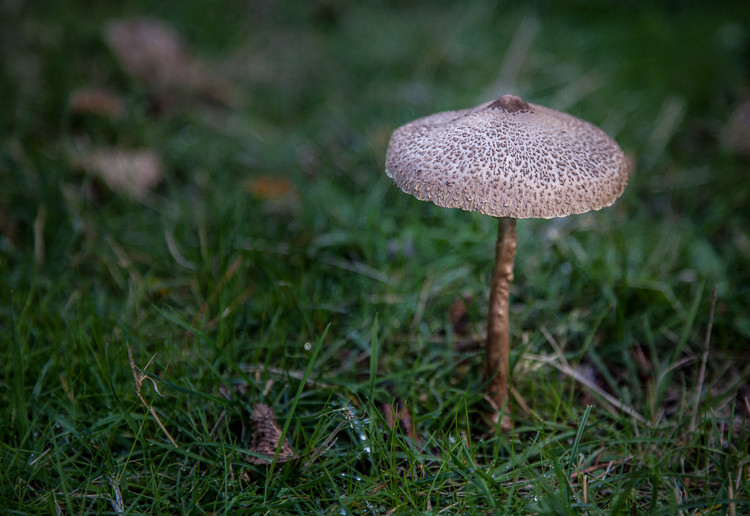
- This event has passed.
Fungi Feast Forage Walk
May 29, 2022 @ 8:00 am - 12:00 pm
A$38
Join me for an edible fungi foraging adventure in Hepburn.
This is how I’d like this day to work.
I’d like to spend a few hours with you, sharing fungi foraging identification skills, facts and photos of wild edibles at my farm ORTO, for these skills are important if you want to fall in love with edible fungi.
We will drink hot coffee and tea, and eat scrumptious cake as we talk all things fungi.
Then let’s cook together and feast on fungi cooked in garlic, balsamic vinegar, oil, thyme and a little butter.
Then equiped with our new knowledge and full tummies let’s walk, talk and walk.
We will first look for fungi on my farm ORTO and then we shall travel to one other sight in the Hepburn area.
Bring a basket, a knife, a camera too or your phone.
This walk is inspired by the work of Alison Pouliot and Tom May who published their fantastic book called Wild Mushrooming A guide for foragers in 2021. I have found this book an excellent resource and it is due to its release that I feel buoyed to share walks with others in this way. I am a complete novice who loves the company of others, and hence these walks.
Here are a list of fungi we will be looking for, but really any fungi discovered will be a treasure.
In the edibles list:
Lactarius delicieus: Mycorrhizal with pine plantations (Pinus radiata).
Suillus: a bolete. There are no lamellae, appears in autumn and winter in pine gardens and forests.I think it looks really ugly and I had no desire to forage it but then one day I pushed past my aesthetic judgment and found it to be a very flavoursome mushroom. Best shared with friends who are happy to help you clean it for cooking.
Coprinus comatus- found in public parks and lush green lawns, in compost heaps and disrupted soils. This is a saprotrophic fungus, meaning that it feeds on nutrients from dead organic material such as dead leaves, dead insects etc present in soil that are decomposing.A relatively easy to identify fungus that is delicious.
Lepista nuda- I always get really excited when I find Lepista nuda, otherwise known as the Wood blewit. Mostly because I rarely come across them, partly because when they are fresh they look really gorgeous in their lovely pink skirts. Like Coprinus comatus, these grow in numerous environments, peoples gardens, public parks, road sides, woodlands and forests with Australian trees. Just like Coprinus they too are saprotrophic. They like to live on organic matter that is decomposing in soils.
Macrolepiota clelandii – Macrolepiota is a very pretty mushroom. One of its common names is Australian parasol. I love photographing this sporophore (sporophore is another word used to describe a mushroom. The great thing about this word is that it more acutely describes the morphology of the fungus you are looking at, in that the fungus produces spores:sporo). There are a few look a-likes and I am as yet not super confident with this species. I have eaten it and found it on numerous occasions while in the company of others with more experience than I, I am therefore very cautious.
Marasmius oreades: This one I have yet to find although I suspect it is growing on my property. It grows in circles or arcs on lawns, parks and gardens. It has a distinctive umbo when the pileus is young.
Agaricus species: early autumn – Agaricus species, there are three listed in Alison’s and May’s book to look out for: campestris, arvensis, bitorquis, all three have chocolate brown spores, while their look alikes have either white spore prints, or are yellow staining, have warty pileus or white lamellae. I am very cautious with Agaricus.
Hydnum crocidens group: I have yet to find one of these! Also known as hedgehogs, they are mycorrhizal with native trees. Instead of lamellae or pores they have spines on the underside of the pileus like Echidnas.
Tremella fuciformis: this is a lovely fungus to find as it easy to identify and it looks glossy and translucent.
Lycoperdon pratense: another easy to identify fungus, going by common names such as field and meadow puffballs. Edible when very young.
The above edibles are all listed in Alison Pouliot and Tom May’s book called “Wild Mushrooming: a Guide for foragers”. It is for this reason I have chosen to focus on them for our walk. I have purchased copies of this book and will make them available for sale on the day. The aim of this day is to find some of these fungi and if we find some of the species I am very confident with identifying: such as Lepista, Lactarius, Coprinus, Tremella, Suillus, and Lycoperdon then it may be possible for you to take a small sample home to cook very well and try.
Other fungi to look out for are:
Ghost Mushroom “Omphalotus nidiformis”,
Geastrum triplex “Earthstars”.
Rain and humidity are important ingredients that can secure a find, so let’s hope for rain the day before our class. That would be awesome.
Keeping in mind that what makes mushroom foraging particularly fun is that these ethereal creatures are there one moment and gone the next.
An abundant rain event will bring them bursting through the soil in Autumn, if this event is followed by dry days and heavy winds then those that have burst can easily dry and wither.
Join me as I would love to share what I have learned with you.
WHAT TO BRING
Water bottle
Snacks for your pockets
A small basket
Knife- a butter knife will do and is safe
Rain jacket
Very extremely comfortable weatherproof shoes
Warm clothing and a hat
A navigator as we will be driving to various locations and it is important that each person has a location pin on their phone and does not rely on following others to get there.
I look forward to meeting you. Much care and arrivederci! mara
